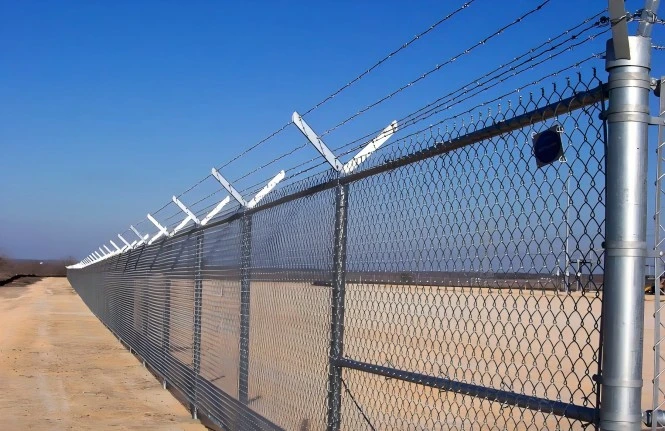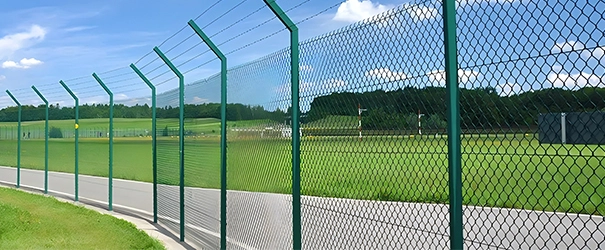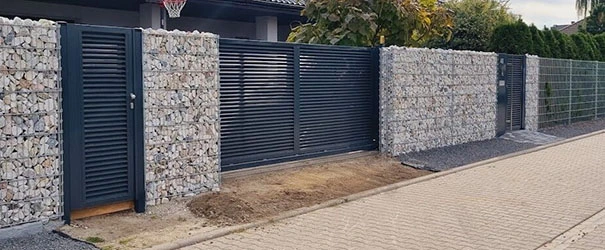Airports, as critical infrastructure facilities, have exceptionally stringent requirements for fencing due to the need for ultra-high security and protection. The height of airport fences is a crucial factor in ensuring security, as tall fences deter unauthorized access and prevent potential intruders from climbing over. The strength of the fencing material is equally important, as it must be robust and durable to withstand attempts at forced entry.

Due to its ultra-high security and protection, the airport has high requirements for fence height, strength, corrosion resistance, vision, and entrances and exits.
1. Anti-corrosion: Use high-quality stainless steel wire or galvanized wire to ensure that it will not rust and corrode under harsh climatic conditions and maintain a long service life.
2. Safety: The height of the fence is determined according to the height of the aircraft take-off and landing, and is generally required to be no less than 3.5 meters. The airport fence has strong tensile strength and toughness, which can effectively block the splashes and debris that may be generated during the take-off and landing of the aircraft, and resist the airflow and impact generated by the take-off and landing of the aircraft, ensuring that the protective net will not collapse or be damaged.
3. Good vision: The airport fence is transparent, and the surrounding vision is unobstructed. The pilot can clearly observe the situation inside and outside the fence to ensure the safety of aircraft take-off and landing.
4. Protection: The combination of chain link fence and razor barbed wire enhances the protection of the fence, preventing off-site creatures from entering and affecting aircraft take-off and landing.

